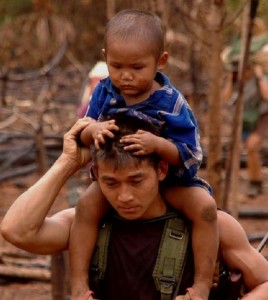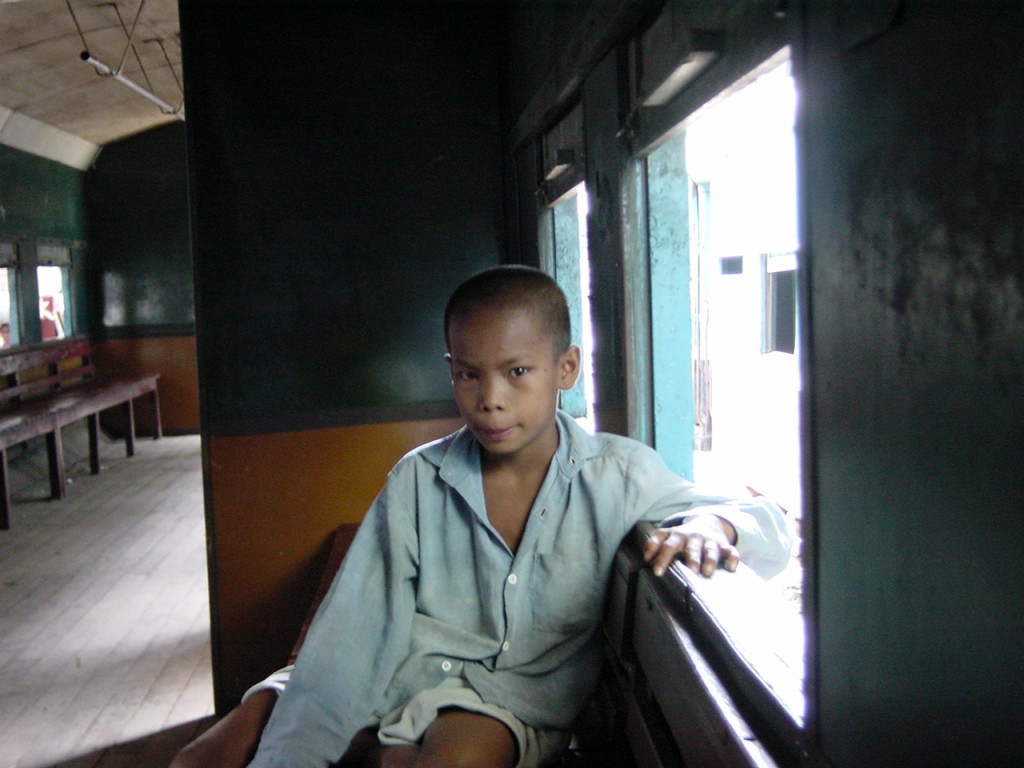The Plight of Children in Burma
by Elizabeth Hoover / July 23, 2010 / No comments
Based on report by the Partners Relief & Development and Free Burma Rangers, Burma’s children are in danger. Across the country, the government has forced its people to move to new areas as they confiscate land, inciting ethnic violence, and squash opposition. These relocations threaten the health, security, education, and environment of Burmese children.
Healthcare is nonexistent and the relocations are compounding the problem.When a child is born with a birth defect, mental or physical disorder, or another health issue, few parents can afford treatment. Chronic malnutrition plagues the population as relocated families fight for already scarce resources.
“We would walk to our farms, three hours each way, to get food for the family, but we never had enough. The children ate rice but we usually didn’t have any vegetables or meat,” a Karen resident told the Free Burma Rangers.
A child living a relocation zone are far more prone to malaria, acute respiratory infections, anemia, and dysentery than a child living at its original village. These are among the top five causes of death among children in Burma.

Father and son at a Burmese relocation camp.
Photo: © Burma Campaign UK
The Burmese government relies on the relocations to control the population. Keeping families on the move lessens their security, which leads to increased deaths among Burmese youth. In some cases, relocated villagers are forced to serve as human land-mine sweepers and made to walk through mined fields in front of military vehicles. If they die, their children are left homeless and unprotected.
These circumstances disrupt education. Many schools, already unfunded, become overcrowded by the influx of displaced villagers and have to turn away students, while others are forced to cancel class during bad weather because the building has no roof.
“Primary school for our eldest child cost over 10,000 Kyat (US $10.25) per month for just tuition [the average income in Burma has been $50 per month since 2006]. The classes were all taught in the Burmese language, which made it difficult for him to learn. The teachers were also really inexperienced and not very good. However, we had no choice because there were no other schools in the area. Most children in the village stopped school after Grade Four because the nearest middle school was very far away,” a Karenni man forced to relocate in 2005 told the Free Burma Rangers.
The combination of poor health, security, and education has created an unsafe environment for Burmese children to live in. Many of these relocations quickly remove children and their families from recognizable childhood environments, deprive them of their only possessions, and place them in brand new social structures. These drastic changes can be extremely disruptive to a child’s development.
Burma’s military government, the State Peace and Development Council (SPDC), has displaced hundreds of thousands of people with impunity, particularly in the country’s ethnic territories.
To help children in Burma:
- Get educated on the issue
- Show your support and sign a petition
- Write to local newspaper or media outlet to help spread awareness
- Volunteer abroad at organizations like Cultural Canvas Thailand
You can read more about the Burmese community in our upcoming issue. Click here to join our mailing list and receive a notice when the Burma issue is published.
Read Brian’s bio.





